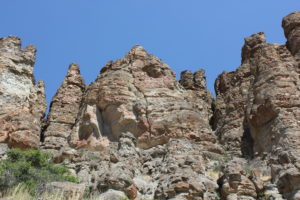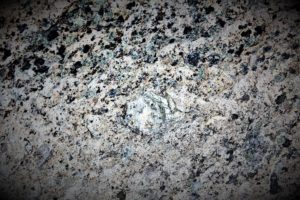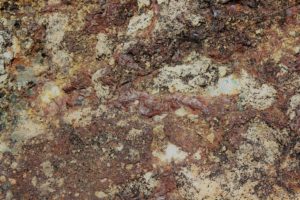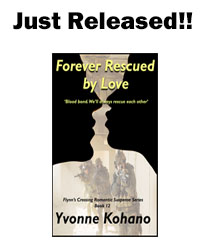Back in time, I wanted to be a geologist. Alas, chemistry was not my friend for reasons I now understand but at that disappointing time, did not. I’m still a sucker for a good fossil. Give me an ancient creature that became part of a rock, and I’m held captive for hours. When we decided to visit eastern Oregon last month, the John Day Fossil Beds National Monument was a must-see.
I won’t repeat what the websites say about it, because you can read that yourself. I’ll tell you instead about our amazement and awe. I’m breaking this up into three parts, because we learned a few tips you might want to use when you plan your own trip to step back in time.
 The official info will tell you about the various ‘units’ of the park. Each is different. Assuming you’ve seen one and you’ve seen them all will make you kick yourself later. They are also not next to one another, and the roads between them are two lanes, often narrow and twisted, and with an occasional one-block town thrown in. If you plan to hike, which I would highly recommend, you’ll need more than a day to cover them all.
The official info will tell you about the various ‘units’ of the park. Each is different. Assuming you’ve seen one and you’ve seen them all will make you kick yourself later. They are also not next to one another, and the roads between them are two lanes, often narrow and twisted, and with an occasional one-block town thrown in. If you plan to hike, which I would highly recommend, you’ll need more than a day to cover them all.
Pack bottles of water and a good picnic in plenty of ice, since food services are scant. All locations have restrooms. Entrance is free in all areas.
(See Part 2, Sheep Rock Unit, here.)
(See Part 3, Painted Hills Unit, here.)
Part 1 – Clarno Unit
We drove southeast with Mount Hood looming ever-present, over flatlands and rolling hills that soon turned into high desert plateau. The Clarno Palisades, appropriately located outside the town of Fossil, hold fossil beds with visible remains of trees, leaves, and fruits. It’s eerie to see something you can clearly identify and know it dates back 40-54 million years, when this area’s climate was like modern-day Panama. We’ve been to that rainforest, and it looks nothing like this!
 We hiked the Geologic Time Trail, which provides successive markers giving you an idea of what this area looked like over the eons represented in these sedimentary layers. Looking at the bare faces of rock, it’s hard to imagine this was once swampy, with big trees and big creatures. There was no wind and few sounds, making the views even more creepy. The structures looming overhead reminded me of towers in a lost civilization.
We hiked the Geologic Time Trail, which provides successive markers giving you an idea of what this area looked like over the eons represented in these sedimentary layers. Looking at the bare faces of rock, it’s hard to imagine this was once swampy, with big trees and big creatures. There was no wind and few sounds, making the views even more creepy. The structures looming overhead reminded me of towers in a lost civilization.
The Trail of Fossils became more challenging, mostly because it is steep and narrow. We had hiking poles, which helped us conquer the boulders. Step cautiously. Stop often and look around. While major fossils are marked with placards, ever rock has a story to tell. Head-sized stones inside the sedimentary rocks, tumbled when massive mudflows called lahars raced across an area, give you a good idea of the power behind those events. This trail is worth the effort it takes, particularly when you view the outlines of leaves that look like they could have been blowing in a breeze yesterday.
 A tip: If you can visit early or late in the day, when the sun is at an angle, you will notice things more easily. Ditto on photos – a rare misty day might be best there. The park is open when the road is, and it might be snow-covered in winter, so plan accordingly.
A tip: If you can visit early or late in the day, when the sun is at an angle, you will notice things more easily. Ditto on photos – a rare misty day might be best there. The park is open when the road is, and it might be snow-covered in winter, so plan accordingly.
NEXT UP: The contrasts of Sheep Rock.
Have you ever looked at a fossil of a leaf and pictured it on a tree? Or imagined what the roar of rolling boulders in a flood must sound like? How does that make you feel?
